Verdict
When it comes to style, software and fitness tracking, there’s a lot to love about the Samsung Galaxy Watch 6, but its lacklustre battery life prevents it from being as great a smartwatch as it could be.
Pros
- Still one of the most stylish smartwatches out there
- Wear OS continues to get better
- Lots of fitness and health data on offer
Cons
- Underwhelming battery life
- Sleep tracking isn’t quite there yet
-
Two size optionsThe Watch 6 is available in 40 and 44mm sizes -
Updated internalsFast clock speed and more memory should lead to a speedier experience -
Wear OSGoogle’s Wear OS 4 software with the OneUI overlay on top
Introduction
Because of its modest upgrades, it’s easy to write off the Samsung Galaxy Watch 6, but Samsung’s mainline wearable feels a lot more mature this time around.
Samsung has released the Galaxy Watch 6 during a very interesting time for smartwatches. Last year’s Pixel Watch had some solid foundations that could lead to a very impressive successor, while the recent TicWatch Pro 5 is easily one of the best Wear OS watches to date, partially because it destroys the competition when it comes to battery life.
Not only does the Watch 6 have stronger competition this time around, but it’s also following on from arguably Samsung’s most iterative wearable to date, the Galaxy Watch 5. Luckily, having spent a good deal of time with Samsung’s newer watch, I’m glad to report that it’s one of the best Samsung has put out since the game-changing Galaxy Watch 4. Here’s my full review.
Design and display
- 20% larger display
- 30% smaller bezels
- Design is almost identical to last year
I’ve always felt that the last few Galaxy Watches have been some of the most stylish smartwatches on the market, and thankfully that remains the same here. At a glance, the Samsung Galaxy Watch 6 is almost identical to the Watch 5, save for the fact it’s available in a handful of new colours, including Silver and Gold, and it also manages to sit a little more snuggly against the wrist.
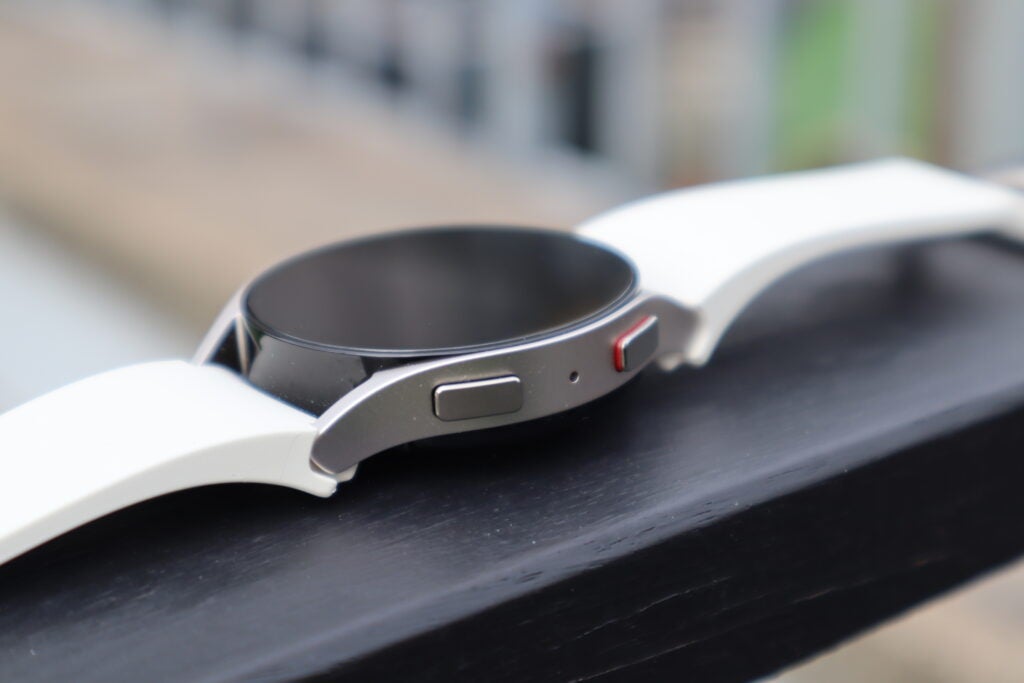
I still prefer circular smartwatches from a design perspective for the fact they more closely mirror traditional timepieces, but while the otherwise excellent TicWatch Pro 5 dropped the ball in terms of style, the Galaxy Watch 6 is easily something that can be paired with almost any outfit.
The biggest change here can actually be found on the screen. The Galaxy Watch 5 suffered from some hefty bezels and Samsung has seen fit to remedy that issue this time, not only by reducing the bezels by 30% but also increasing the screen size by 20%. This has been achieved all while keeping the weight the same for the 40mm option, and even decreasing it slightly for the 44mm pick (now 33.3g instead of 33.5g).
It all adds up to making the Galaxy Watch series feel more confident in its form factor than ever before. It reminds me of the same leap in screen size that Apple took with the Apple Watch 7, and it’s been a welcome change since. Analogue watch faces now look better than ever as the minute dials come almost to the edge of the front-facing portion, and more often than not I found myself titling my wrist just to admire the art style.
Speaking of wrist tilting, the Galaxy Watch 6 is also able to distinguish smaller movements from bringing your wrist up to your face. I noticed that when you have the always-on display toggled and do a slight wrist tilt, the Galaxy Watch 6 will brighten up your watch face slightly without fully waking itself up, which I think is a great feature.
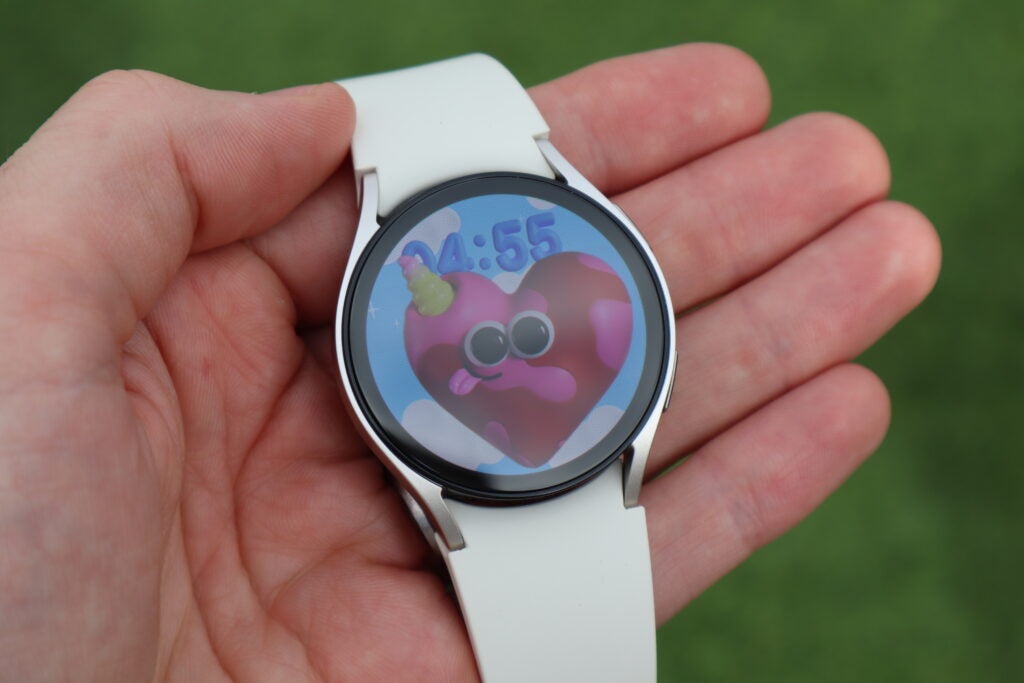
Features and performance
- Wear OS 4 out of the gate
- Faster Exynos W930 chipset
- Temperature sensor finally comes into play
The Samsung Galaxy Watch 6 and the pricier Galaxy Watch 6 Classic are the first smartwatches anywhere to pack Google’s new Wear OS 4 platform right out of the box. More than anything, it’s great to see Google properly committing to constant updates for Wear OS, much in the same vein of Apple’s yearly watchOS updates, as it now makes wearables like the Galaxy Watch 6 a better investment than smartwatches of old.
One of the benefits of Wear OS 4 is improved sleep tracking, which not only makes use of the Watch 6’s temperature sensor to keep an eye on any fluctuations during the night, but can also offer up data on your differing sleep stages. Compared to the Whoop Strap 4.0, the Galaxy Watch 6 was definitely bang on the money when it came to the duration of my time in bed, as well as the amount of times I woke up throughout the night, but it constantly had me down as having far more light sleep than was accurate, which also threw the numbers for deep and REM sleep out of whack.
It’s a shame because the Samsung Health app offers up some tremendous written insight about sleep stages and, just like last year, it uses cute little animals to determine what type of sleeper you are. If you’re not too fussed about the details, and just want to improve your circadian rhythm overall, then you should be fine here, but otherwise you might want to use the Whoop Strap or the Oura Ring 3 for more accurate sleep tracking.
The Watch 6 is also able to track your menstrual cycle, which was a much welcome addition to the Apple Watch 8 and it’s great to see the feature make an appearance here too. All of these newer features are powered by the upgraded Exynos W930 chipset, which packs a faster processing speed of 1.4GHz. I’ll admit, the Galaxy Watch 5 never felt slow during my time with it, so I’m hard pressed to see a major leap in performance, but everything still runs smoothly and Samsung’s UI arguably shows off Wear OS in its best light, with the Pixel Watch coming in at a close second in that regard.
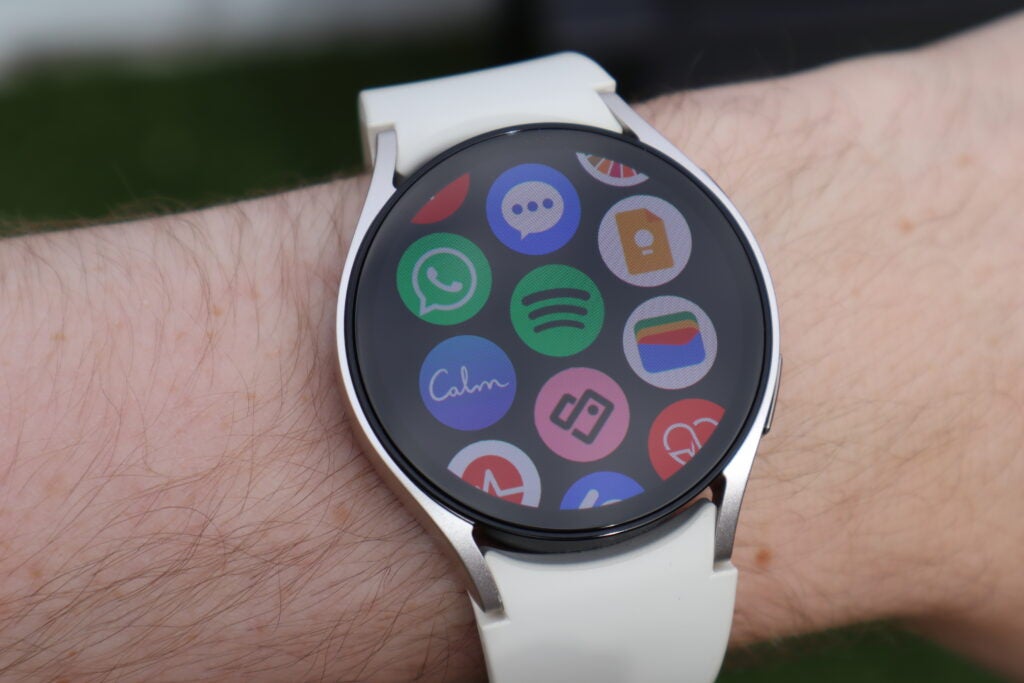
With that said, there are parts of Samsung’s ecosystem that feel needlessly obtuse. As an example, during a recent trip to the cinema I made sure to set the watch to ‘Theatre Mode’ as the trailers began, but unlike the Apple Watch, which complies from the get-go, the Galaxy Watch prompted me to set up the mode on my phone first, which then had me fumbling through several menus as quickly as possible before the movie began. This is part of a wider issue with Samsung’s somewhat bloated in-house apps, but it is worth noting that there are a few moments of trial and error to be expected.
The digital rotating bezel also makes a return, and while it works well in everyday use, I do find myself craving a physical rotating crown. For the best of both, Samsung’s seen fit to revive the physical rotating bezel on the Galaxy Watch 6 Classic, so you may want to consider that option first.
Fitness tracking
- Tons of workouts to track
- Plenty of sensors to offer a variety of data
- Solid HRM stats
Anyone who’s used a Galaxy Watch before will already know that the fitness tracking element of Samsung’s wearables has always been pretty good, and that remains the case with the Galaxy Watch 6. For starters, there’s absolutely no shortage of workouts to track, so the vast majority of people will be happy with what’s available.
The watch does a good job of breaking down your daily effort with its heart-shaped stats, and I’m quite a big fan of the accompanying Samsung Health app, partially because it offers plenty of workout suggestions to either get you started, or inspire you to change up your existing routine.
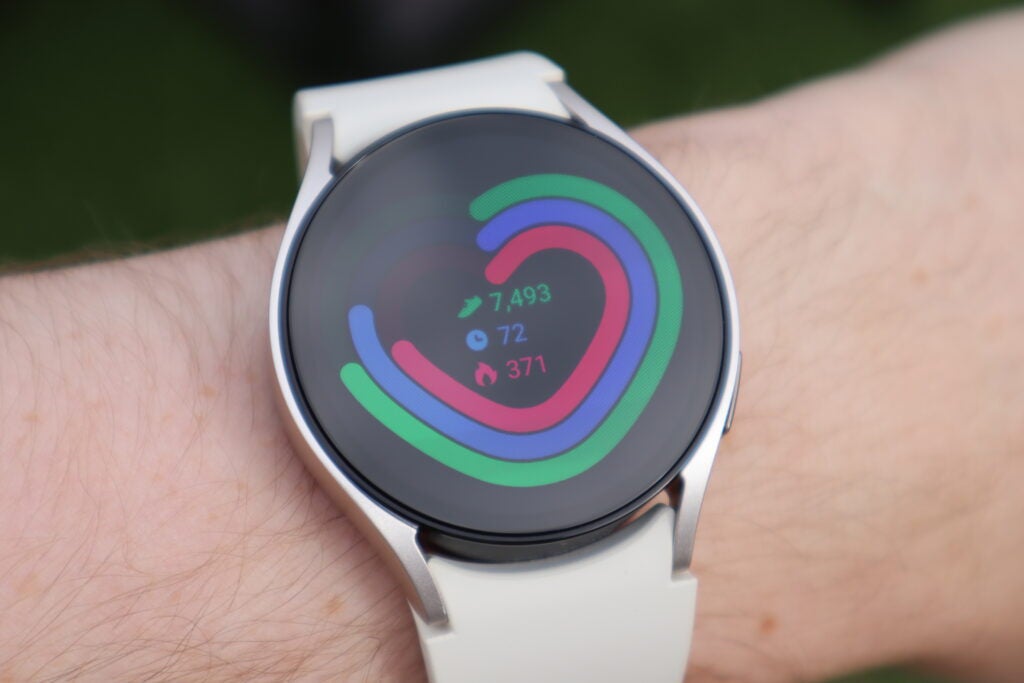
Last year’s Body Composition scan makes a return, which gives you an overall look at your current bill of health by picking up data like your skeletal muscle and BMI. Just like last year, it’s surprisingly accurate (and amazing that a wrist-based device can pull in all that data), which makes it handy for anyone looking to make serious changes to their lifestyle.
It’s also worth pointing out that the Galaxy Watch 6 (and the 6 Classic) are among the very few wearables out there that are capable of tracking blood pressure which, more often than not, can be a key indicator of your stress levels.
With regards to heart rate monitoring during workouts, the Samsung Galaxy Watch 6 is largely very good. During a stint on the cycling machine, the results were like for like to that of the Myzone MZ-Switch, which is really impressive. I noticed some discrepancy during an elliptical workout however, with the Galaxy Watch 6 tracking a peak heart rate that was 2BPM higher than that logged by the Myzone, which in turn bumped up the average heart rate.
Still, this discrepancy seemed like more of an anomaly, so for the most part, you should be fine with relying on the HRM data that the Galaxy Watch 6 pumps out.
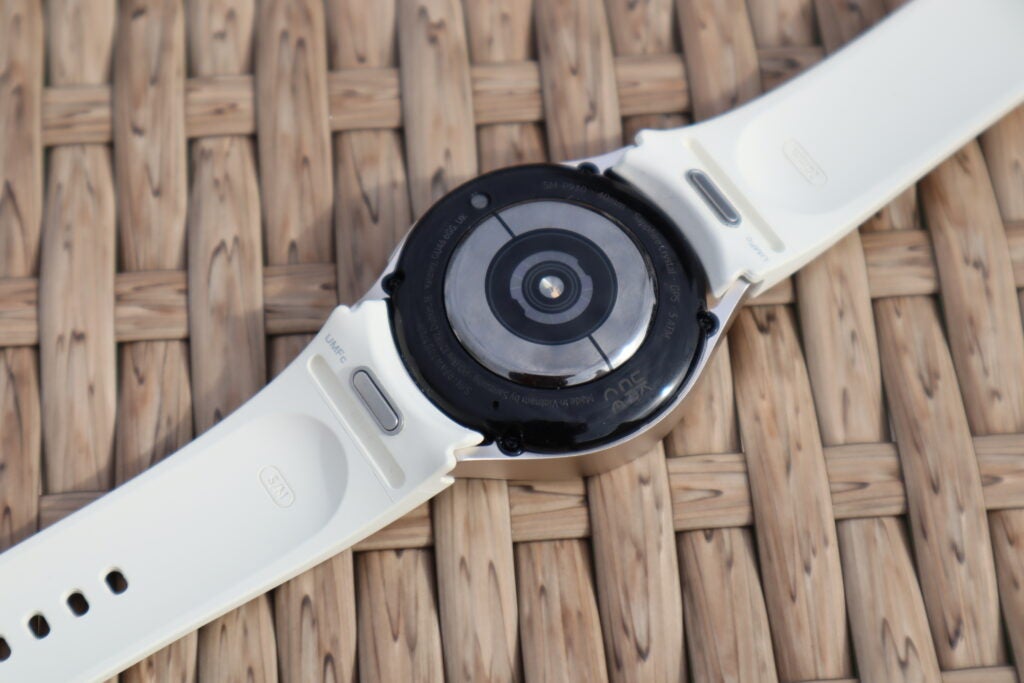
Battery life
- Struggles to last for two days
- The always-on display drains the battery quickly
- A daily charge is essential
Until this point, I think it’s fair to say that my experience with the Samsung Galaxy Watch 6 has been largely positive, but I’m afraid to say that the whole thing has fallen apart somewhat in the realm of battery life.
Particularly after having just used the Oppo Band 2 and the TicWatch Pro 5, the latter of which can run for up to five days on a single charge, the Galaxy Watch 6 has unfortunately left me longing.
With the always-on display toggled, one exercise tracked and plenty of notifications, I was able to get from 8:35am to 00:35am (past my usual bedtime) with 47% left in the tank. What shocked me was when I checked the battery the next morning to see that there had been a considerable drain throughout the night, to the point where I decided to top up the battery before heading off for a morning workout, just to be on the safe side.
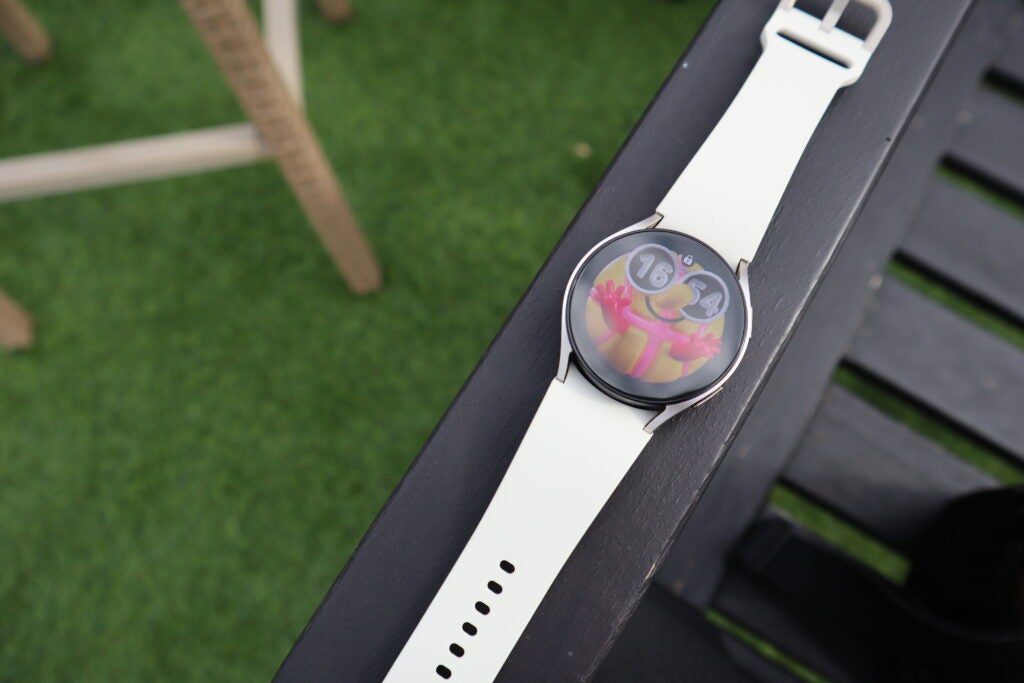
Turning the always-on display off does help things somewhat, as I took the watch off charge at the same 8:35am start time, and after two workouts, an NFC payment and plenty more notifications, I had 38% left by 10:54am the next day. That’s fine if you just want to get to the end of the day, but I can’t see any scenario where you could genuinely get two days of use out of the Galaxy Watch 6.
At the very least, it doesn’t take too long to charge the Galaxy Watch 6. From a dead battery, I was able to get to 53% in just half an hour (which is strangely higher than Samsung’s 45% claim for the same amount of time), and it took roughly 1 hour and 13 minutes to reach 100%.
Should you buy it?
You want a stylish Wear OS watch: The Pixel Watch and Galaxy Watch 6 are evenly matched in terms of style, but the former just wins out (slightly) on battery life, making it the better option in this category.
You want a long-lasting Wear OS watch: The Galaxy Watch 6 is a real letdown in terms of battery life, particularly when the Wear OS 3-toting TicWatch Pro 5 can run for up to five days on a single charge.
Final Thoughts
In many ways, the Galaxy Watch 6 feels like the truest version of what Samsung intended to make with the Galaxy Watch 4 two years ago. The larger screen, minimal bezels and overall refinement of what has already been a stylish set of watches just means that the Galaxy Watch 6 is a far more confident device overall, and one that has settled into its form factor well.
Unfortunately, Samsung has seriously dropped the ball in terms of battery life, and with the TicWatch Pro 5 able to last for so much longer on a single charge, I’d only recommend the Galaxy Watch 6 over that if you’re obsessed with design before anything else. Still, there’s plenty here to like, and it’ll no doubt be appreciated by anyone upgrading from an old Tizen or Wear OS 2 smartwatch. Check out our Best Smartwatch guide for even more options.
FAQs
Just like the two Galaxy Watches before it, the Galaxy Watch 6 isn’t compatible with any iPhone.
The Galaxy Watch 6 comes with the new Wear OS 4 platform straight out of the box.
















